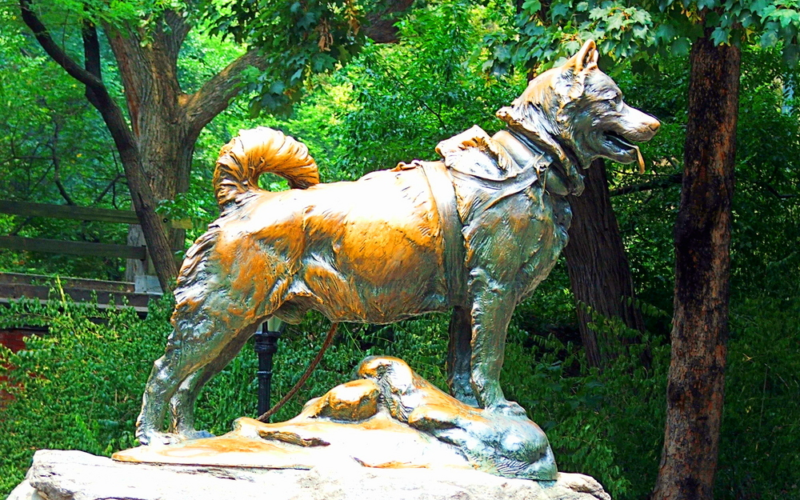Ellen Britt for CNT #explore
Diptheria. Most people today vaguely recall this as one of the human diseases that they and their children are now vaccinated against.
But in the early 1920’s, before the development of the vaccine, the word diptheria struck terror in the hearts of parents, as it was a major cause of illness and death, especially in children. In the U.S. alone, there were 206,000 cases recorded and 15,520 of these cases resulted in death.
In January of 1925, Curtis Welch, the only doctor in Nome, Alaska, started seeing cases of the deadly disease. Dr. Welch had ordered diptheria antitoxin months before but the previous shipment failed to arrive before winter weather closed the port.
There would not be another chance to order again until spring and the closest medicine available was 500 miles away in Anchorage, Alaska.
Dogs To The Rescue!
As more and more children became ill and then succumbed to the illness, Dr. Welch sent emergency radio telegrams to all the major towns in Alaska and to the U.S. Public Health Service in Washington, D.C. Eventually a dog sled relay was proposed as the only viable solution, due to the extreme weather and brutally cold temperatures in the area, in some places reaching 50 degrees F below zero, with 25 mile per hour winds and ten foot snow drifts. And, the polar night was in full effect, with the hours of daylight very limited.
Although there were many heroic dogs who, along with their mushers, took part in the relay, with many of the dogs losing their lives along the way. But it was a three year old inexperienced dog named Balto, who was the lead dog on Gunnar Kaasen’s team, who made the last leg of the run. His entry into Nome with the life-saving toxoid, resulting in the saving of many lives, is the stuff of legend.
Balto lived until the age of 14 and died in 1933, but he lives on in the hearts and minds of many people for his heroic tenacity and as a representative of the dedication of the courageous mushers and their teams who risked their lives for the people of Alaska.
A bronze statue of Balto stands proudly in New York City’s Central park and the Cleveland Museum of Natural History hosts an exhibit dedicated to him.
In 1995 Amblin Entertainment released a live action/animated film based loosely on Balto’s story and so Balto’s legendary feat was brought once again to a new generation.
By Ellen Britt
Dr. Ellen Britt has loved dogs since she was a child. She is particularly fond of the Northern breeds, especially Alaskan Malamutes. Ellen worked as a PA in Emergency and Occupational Medicine for two decades and holds a doctorate (Ed.D.) in biology.



































[…] https://citynewsandtalk.com/balto-the-sled-dog-and-the-race-to-nome/ Give Feedback on Facebook Comments Below Baltohistorysled […]